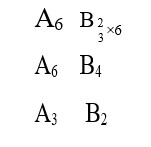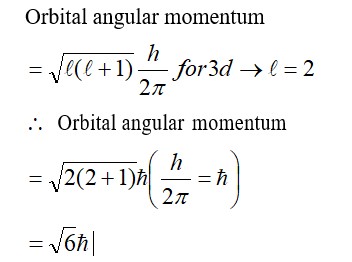Given that ∆c H° (combustion enthalpy) for Diamond is -834.8 kJ mole and ∆c H° for graphite is -832.8 kJ/mole, the value of ∆f H°(Diamond) i.e. [C(graphite) → C(diamond)] [in kJ/mole] is:
Given that ∆c H° (combustion enthalpy) for Diamond is -834.8 kJ mole and ∆c H° for graphite is -832.8 kJ/mole, the value of ∆f H°(Diamond) i.e. [C(graphite) → C(diamond)] [in kJ/mole] is:
-
1 Answer
-
C (graphite) → C (diamond)
ΔH? = Δ? H° (graphite) - Δ? H° (Diamond) = -832.8 - [-834.8] = 2kJ/mole
Similar Questions for you
Kindly go through the solution
(1) [Ni (NH3)6]+2 → Ni+2 → d8, C. No. = 6,
SP3d2, Para
(2) [Co (H2O)6]+2 → Co+2 → d6, C. No. = 6
d2sp3, Dia
(3) [Ti (H2O)6]+3 → Ti+3 → d1, C. No. = 6
d2SP3, Para
(4) [Co (NH3)6]+3 → Co+3 → d5, C. No. = 6
d2sp3, Para
Taking an Exam? Selecting a College?
Get authentic answers from experts, students and alumni that you won't find anywhere else
Sign Up on ShikshaOn Shiksha, get access to
- 65k Colleges
- 1.2k Exams
- 679k Reviews
- 1800k Answers



